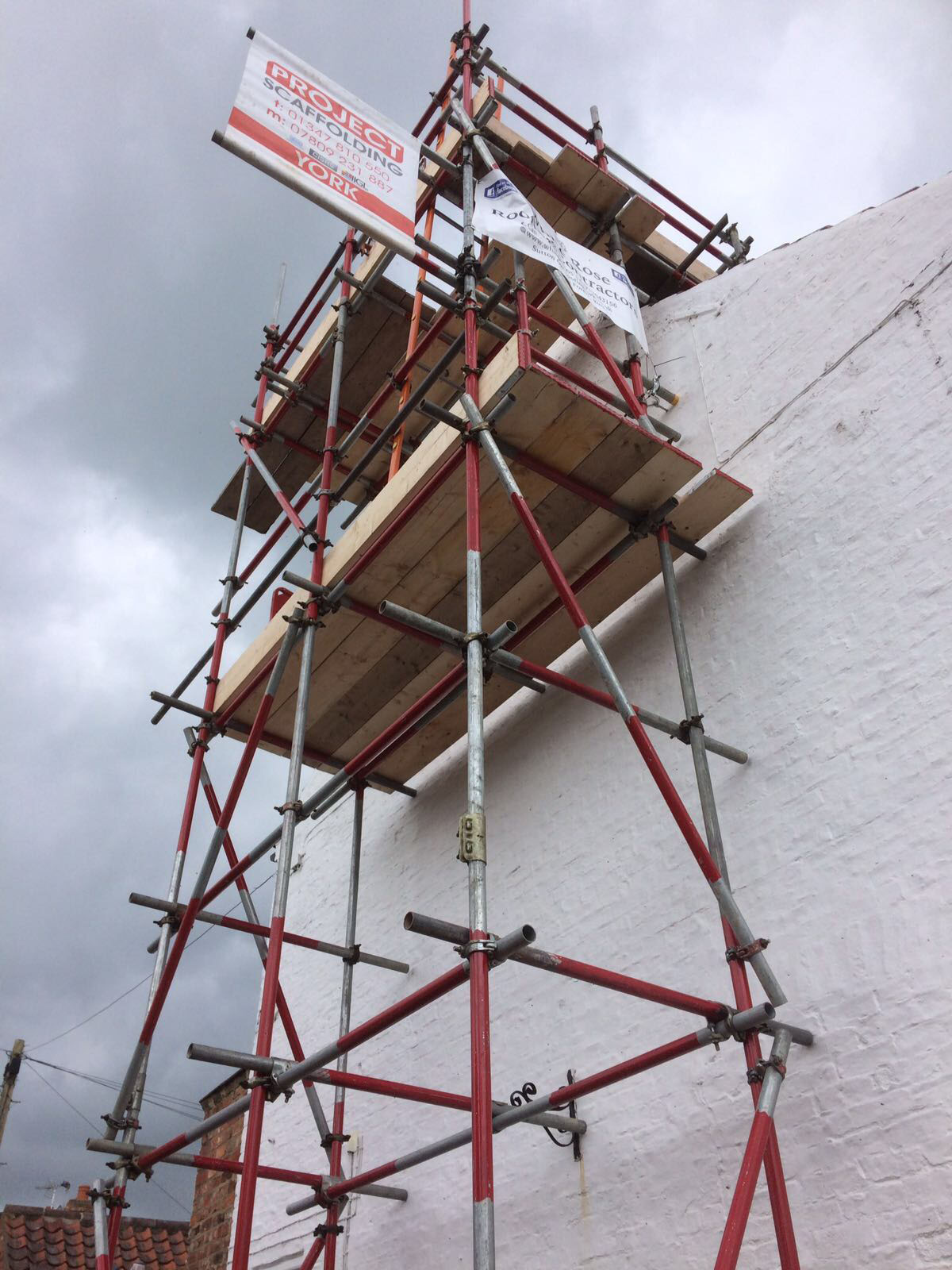In the dynamic world of building, temporary structures plays a crucial role in ensuring that builds are not only completed smoothly but also without hazards. Business scaffolding, in particular, serves as the foundation for various types of construction projects, from towering skyscrapers to expansive retail spaces. Understanding what commercial scaffolding is and why it is essential helps contractors make wise decisions that can influence the outcome of their endeavors.
As we explore into the subtleties of these support systems, we will examine numerous types used in commercial projects, assess how these structures enhances safety on construction sites, and discuss the critical role it plays in modern building methodologies. From tackling the challenges of scaffolding permits and compliance with safety regulations to assessing the specific needs of various business constructions, this article aims to provide a comprehensive overview of flexible scaffolding solutions designed for your construction project’s unique requirements.
Grasping Business Scaffolding
Corporate scaffolding is a temporary structure that provides assistance and access for development, upkeep, and fixing projects. It is essential in various commercial contexts, such as high-rise buildings, shopping centers, and industrial facilities. By offering a stable platform for workers and materials, scaffolding allows for protected and productive project execution, ultimately contributing to the consistent progression of construction tasks.
Various types of scaffolding are used in corporate projects, such as frame scaffolding, modular scaffolding, and system scaffolding. Each type serves specific purposes based on the scope and scale of the work. For instance, frame scaffolding is frequently used for its simplicity and adaptability, while modular scaffolding offers a higher degree of flexibility and is best for complex structures. Grasping the distinct advantages of each type is essential for picking the right scaffolding solution for a specific project.
Job site safety is a paramount concern in development, and business scaffolding plays a vital role in improving this safety. Properly erected scaffolding not only provides a protected working environment but also helps reduce the risks of falls and accidents. By adhering to safety standards and regulations, such as those set by OSHA, companies can ensure that their scaffolding systems are compliant and that workers are sufficiently trained to handle the equipment safely and safely.
Security and Compliance in Scaffold Systems

Maintaining safety and conformity in scaffold systems is crucial for any construction project. The OSHA has implemented regulations to safeguard employees from the associated hazards linked to scaffolding. These guidelines encompass all aspects from the planning and construction of scaffolding to the instruction requirements for personnel. Following these guidelines not just assists in creating a secure working environment but also avoids costly fines and construction setbacks.
Regular security checks are critical to ensure compliance and confirm that scaffolding remains secure throughout the duration of the project's lifecycle. These inspections should evaluate the stability of the scaffolding structure, looking for deterioration, and ensuring that safety features such as guardrails and toe boards are in place. Finding and addressing any hazards prior to work commences can substantially reduce the chance of incidents on the work site.
Training is an additional vital component of scaffold systems safety and compliance. All crew members should be provided with knowledge about the appropriate use of scaffolding, possible hazards, and safety procedures. Commercial Scaffolding In Ramsgate is essential in reducing risks related to scaffolding work. By investing in comprehensive education and cultivating a environment of safety, businesses can not only safeguard their workforce but also improve overall efficiency and construction achievement.
